Born of the Earth-
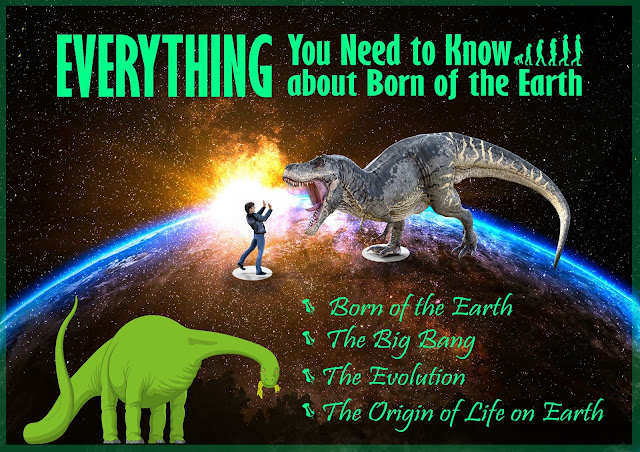 |
The Big Bang-
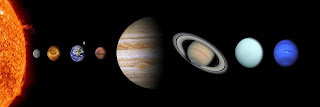 |
| Our Solar System |
 |
| Sir Fred Hoyle |
 |
| Belgian Astronomer George Lemaitre |
Born of the Earth: The Origin of Life on Earth-
In 1953, Stanley Miller and Harold Yuri at the University of Chicago recreated the Earth's old atmosphere in a special way and extracted molecules such as amino acids, ribose, and adenine, which are essential for life. Their system was designed with a gas chamber containing methane, ammonia, and water, and a high-energy discharge chamber to provide lightning for the ancient Earth. According to current information, the Earth Had not always forever and formed 4.5-5 billion years ago. The first living things came into being later.Earth is currently estimated to be about 4700 million years (4.7 billion) years old, as a result of previous experiments. But at that time the earth was very different from what it is today. The beautiful sky, the ocean, the green colour did not exist then. At that time only red and brown colours could be seen. This is because the Earth's surface is covered by hot lava oceans. The atmosphere at that time was very different from what it is today. That is, at that time the atmosphere was an atmosphere of toxic gases. For the first 500 million years, the Earth was just a lifeless lava ball. About another 300 million years later, the heat increased exponentially. After about 800 million years, the Earth's crust, which was composed of molten rocks, gradually cooled off. Then millions of years of continuous rain flooded the lower parts of the earth, creating oceans, ponds, and so on. But this was an atmosphere full of toxins such as carbon monoxide, carbon dioxide, nitrogen, hydrogen sulfide, methane and cyanide and it is Not fit for life.Our barren planet today has become a fertile planet full of life. Scientists say that this is due to evolution. In the beginning, there were no living things in the ancient oceans of the earth, but there were chemicals needed for life to exist. These chemicals are not living things. They were scattered in the Earth's oceans. This is called the "Primordial Soup" which is rich in nutrients. It contained amino acids, proteins, etc., which are essential for the formation of life. Therefore created a favourable environment to have life because of the ancient oceans. The idea for this "Primordial Soup" was put forward By the union of Thomas Huxley, Ravel Carson, J.B.S. Holidin and A.I. Oparin. The nutrients needed for life to form had been scattered in the water for millions of years. Scientists speculate that the first of these cells were formed by lightning strikes. These cells later became animal and plant cells. Life first descended from the sea. That was billions of years ago. Microbial plants first appeared before humans. These can only be seen through a microscope. These microbial plants were preyed upon by each other. Thus began life on earth. Fossil bacteria have also been identified as the world's oldest living organism. In 1985, a fossil that looked like a stick-like bacterium was discovered in South Africa. This was discovered by Elso Berghun of Harvard University. Examination of this fossil bacterium revealed that it was about 3100 million years old. It has now been proven that this bacterium is the oldest living organism on Earth.
Do you know about Nanotechnology? Click here to read our article about Nanotechnology.
Born of the Earth: The Evolution-
Evolution of Invertebrates-
Evidence scientists have discovered that the Earth has been inhabited by various species of animals for about 3.8 billion years (3800 million) years. First, single-celled animals and second-celled animals may have descended to earth. An explorer of the past can uncover millions of species of animals, from microorganisms to the first vertebrates. Invertebrates (Without spine) are one of the most special species Emerging in the ocean and undergoing various changes about 500 million years ago. In the past, the oceans were full of these animals. Thus, the leeches, lizards, and worms we see today are the evolution of those primitive invertebrates.Evolution of vertebrates-
There are Many vertebrates (Have a spine) that inhabit the earth today. This includes fish, amphibians, reptiles, birds, mammals as well as humans, including humans. Vertebrates first originated in the sea. The spines of the bodies of several sea creatures developed. They are also the first fish to emerge. As their fins grew and they began to breathe through the lungs, some of them came ashore and began to evolve and adapt to the environment.Evolution of fish-
The first fish with jaws was called "Placordum". Some of these fish lived in the sea and part in freshwater reservoirs. Fish belonging to this genus include Clematis, Dionysus, Acanthus and Botriolopis.
Then came the "Cartilage Fish". They have soft cartilage instead of bone. The body is soft but the teeth, fins and spines are strong. They lived during the Devonian stage of the Mesozoic era. It was also during this period that all bony fish evolved. Their speciality is that they have lungs. They are thought to have been born freshwater. But today most of them are gone extinct. Thus, fish with lungs became extinct about 70 million years ago.
Evolution of amphibians-
In order for the world's fish to adapt to land, their fins must be transformed into strong legs. Icthyostega is the first amphibian to evolve and set foot on land. Fossils of this animal have been found in rocks dating back to the Devonian period in Greenland. They are believed to have evolved specifically from the Crosopterigi fish. The fins of this animal were transformed into toes. Today, the salamander is the only surviving relative of an ancient amphibian. Reptiles are thought to have evolved from amphibians such as frogs, toads and salamanders that inhabit the world today. Therefore, amphibians can be described as the animals that started landing.Evolution of Reptiles-
It is possible that the amphibians, which evolved from the aquatic environment to land, later evolved into reptiles. Fossilists point out that the Permian-era environmental changes may have contributed to the evolution of these reptiles. The "Seymouria" fossil found near the city of Seymour, Texas in the United States, confirms that the amphibians evolved into reptiles. This animal is considered to be a link between amphibians and reptiles.After the creation of the earth, time is divided into parts or chapters. These are called 'Eras'. These eras are further subdivided into periods. These are called 'epochs'. These periods are thus divided according to how the rock layers were formed. The first geo-cycle was created in 1760 by the geologist Giovanni Arduina. He has divided the Earth's rocks into 3 parts. That is, primary or old, middle or intermediate, tertiary or modern. Important periods related to this are the Ordovician period, the Devonian period, the Carboniferous period, the Permian period, the Triassic period, the Cretaceous period, the Tertiary period and the Charthian period.
This marked the beginning of environmental vegetation in the Ordovician period, the formation of bony fish in the Devonian, the formation of tropical forests in the Carboniferous, and the emergence of vertebrate terrestrial animals. Reptiles began to migrate to land during the Permian period. Later, during the Triassic, dinosaurs began to dominate the earth and the first mammals emerged. During the Jurassic period, reptiles ruled over land, ocean, and sky. The Cretaceous period is the period in which dinosaur extinction occurred. During this time the growth of flowering plants and the origin and evolution of sharks and bony fish took place. It was during this tertiary period that mammals began to rule the world. Conifers and grasslands were also created during this period. The period from 6 million years to the present day is known as the Cretaceous. The most important event here is that modern humans were born during this period (Human Evolution). The origin and evolution of modern life took place during this period. So, Finally after millions of years of evolution, the genius man reigns on the earth today.
Read our another article about nanotechnology:https://flythroughscience.blogspot.com/2021/03/an-introduce-to-nanotechnology.html
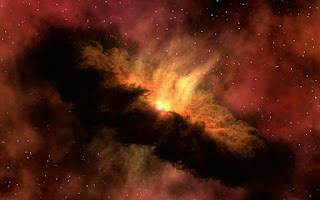


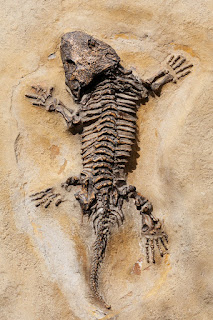
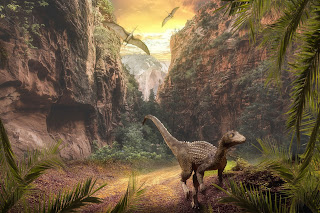





0 Comments
Hi, thanks for joining our site. You can share ideas about our website and the improvements that should be made.